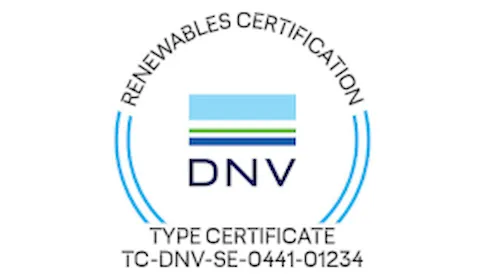DNV provides technical review for award winning wind industry project
The Pile Soil Analysis (PISA) Joint Industry Project (JIP) focused on developing an improved design methodology for laterally loaded monopiles.
Three key benefits:
- Up to a 30% reduction in steel weight
- A corresponding reduction in installation costs
- Increased monopile suitability and structural integrity in deeper waters
About the companies
DNV worked with a variety of industry partners, including Ørsted, the Carbon Trust, SSE, Iberdrola, Statkraft, Equinor, Innogy, Van Oord, EDF, E.On, Vattenfall and GE Renewable Energy, and four academic institutions consisting of Imperial College London, University of Oxford, UCD Dublin and Norwegian Technical and Natural Sciences University (NTNU).
The industry challenge
The ever evolving and expanding offshore wind industry is facing two clear industry challenges relating to monopiles. Existing design methods for laterally loaded piles are no longer feasible for larger diameter and shorter length monopiles. Cost competition within the offshore wind industry has further spurred the need to innovate and a reduce costs.
DNV’s involvement in the JIP
DNV was a member of the Independent Technical Review Panel (ITRP) and served as a vital link between academia and the industry to ensure all research undertaken was of the highest quality and importance. The team reviewed project plans and execution of the work, as well as to participate in workshops with various project partners.
The benefits to the industry
DNV’s industry-leading advisory and certification expertise has helped offshore wind projects increase performance for over 30 years. During this project DNV’s expertise provided a direct link to the most relevant standards for design of monopile foundations used today. Furthermore, it ensured that the latest technology could be directly applied to the challenge.

